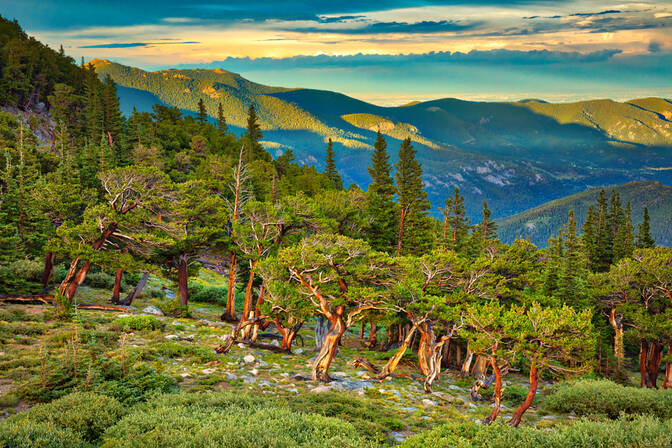National Prairie Day
June 7, Saturday

Origin
National Prairie Day was established by the organization "Prairie Heritage" and was first celebrated in 2016. Its mission is to promote the importance of prairie preservation and to highlight their role in biodiversity, history, and sustainable agriculture.
What is a prairie
A prairie is a type of ecosystem dominated by grasses rather than trees. In North America, prairies once covered millions of hectares, especially in the Great Plains region. These landscapes:
* Support diverse species of animals, birds, and insects
* Enrich the soil and aid in water retention
* Are important carbon sinks
* Historically have been a vital part of the lives of indigenous peoples and early farmers
How it is celebrated
There are many ways to observe National Prairie Day:
* Visit a prairie reserve or national park
* Participate in a tour or environmental event
* Take part in planting native grasses and plants
* Support organizations working to restore natural landscapes
* Hold educational events for children and students
* Share photos and stories about prairies on social media
Interesting facts
* Before European colonization, prairies covered nearly one-third of the USA.
* Over the past 200 years, more than 90% of prairies have been destroyed or converted to farmland.
* Prairies are home to unique animals including prairie dogs, bison, grassland birds, and endangered butterfly species.
Significance of the day
National Prairie Day reminds us that prairies are not just open plains but vital ecosystems on which climate, agriculture, and biodiversity depend. This day promotes environmental responsibility and a love for native nature.
